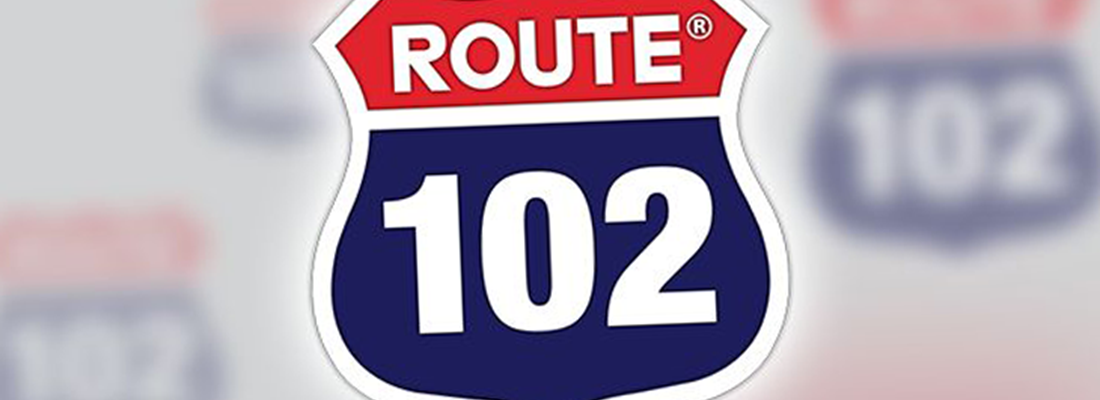Route 102 – One man’s year-long journey……Day 72

To mark this momentous year for UK GAAP, I'm embarking on a mission to work my way through FRS 102, reading a portion on each working day of 2015 and writing a short blog entry on my thoughts and musings (be they few or many).
DAY 72 (29 Jun)
I spent the bulk of yesterday ambling around one of Leicester's (if not the UK's) finest visitor attractions - the National Space Centre - which had temporarily been invaded by squads of Imperial stormtroopers, Jedi knights and the odd (and I do mean odd) nerd in an alien suit. Being such a nerd myself (and if you've read this blog for any length of time, you'll have concluded this already), I was in Star Wars heaven, and this has put me in a decidedly galactic mood for today's post.
Episode VI in the Star Wars series (Return Of The Jedi) begins with a surprise inspection of the (under construction) Death Star mark 2, the first having been destroyed by one Luke Skywalker a couple of Episodes earlier. The inspector of works is Darth Vader, and he gets a fairly lavish reception although this is nothing compared to that provided to the Emperor himself on his arrival several scenes later. These are major inspections, and they are clearly very costly. You can bet that, somewhere in a hidden and probably gloomy back office on the Death Star, an Imperial accountant is trying to work out how to treat these (and future) inspection costs in the Empire's books.
Luckily, both FRS 15 and FRS 102 deal with this issue. If an inspection is merely habitual practice, and doesn't directly affect the operation of an item of PPE then the cost should be expensed as incurred. If, however, the asset's continued use is conditional on regular major inspections for faults (whether or not any repair or replacement is then needed), then the inspection has (in FRS 15's words) 'restores the economic benefits of the asset that have been consumed by the entity and have already been reflected in depreciation'. In other words, the major inspection and resulting work ensures that the asset is able to be used for the next few periods, and the inspection and overhaul costs should be capitalised and written off over the period until the next such inspection (at which point, FRS 102 clarifies, any un-expensed portion should be derecognised).
Let's look at another issue. Perhaps the most important part of the Death Star is its superlaser, the planet-destroying apparatus that renders the space station the most feared weapon in the galaxy. We'll assume that the innards of this expensive and fragile device need replacing every couple of years, as the planet-vaporising takes its toll on the circuitry. Both FRS 15 and FRS 102 agree that, if a separate component of an item of PPE has a shorter useful life, it should be depreciated separately rather than being included in the useful life assessment of the asset as a whole.
So that's paragraphs 17.6 and 17.7 dealt with. See you again tomorrow, and may the Force be with you.
P.S. If you missed the last instalment click here




